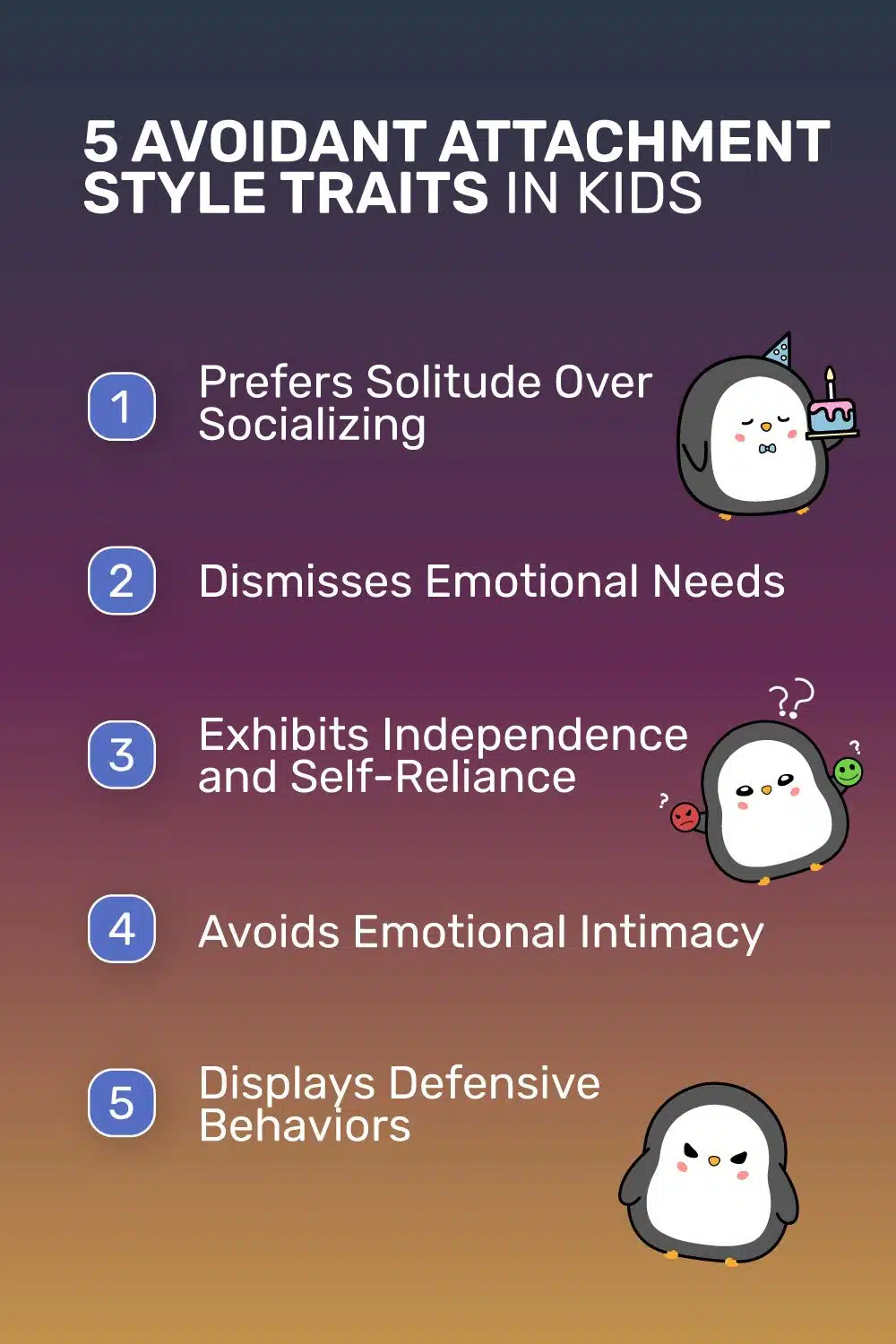Classical conditioning involves associating two stimuli, resulting in a learned response.
- Examples include Pavlov’s dog experiment, where a bell (conditioned stimulus) became associated with food (unconditioned stimulus), leading to salivation (conditioned response).
- Advertising often takes advantage of our susceptibility to classical conditioning by pairing desirable products with positive emotions to create favorable associations.
- Fear responses can be acquired through classical conditioning, such as a fear of spiders after a negative experience.
- The reverse can also be true, where a phobia can be overcome using classical conditioning to help the sufferer relax during a high-stress stimulus.
Classical conditioning plays a role in everyday life, shaping behaviors, preferences, and emotional responses.















